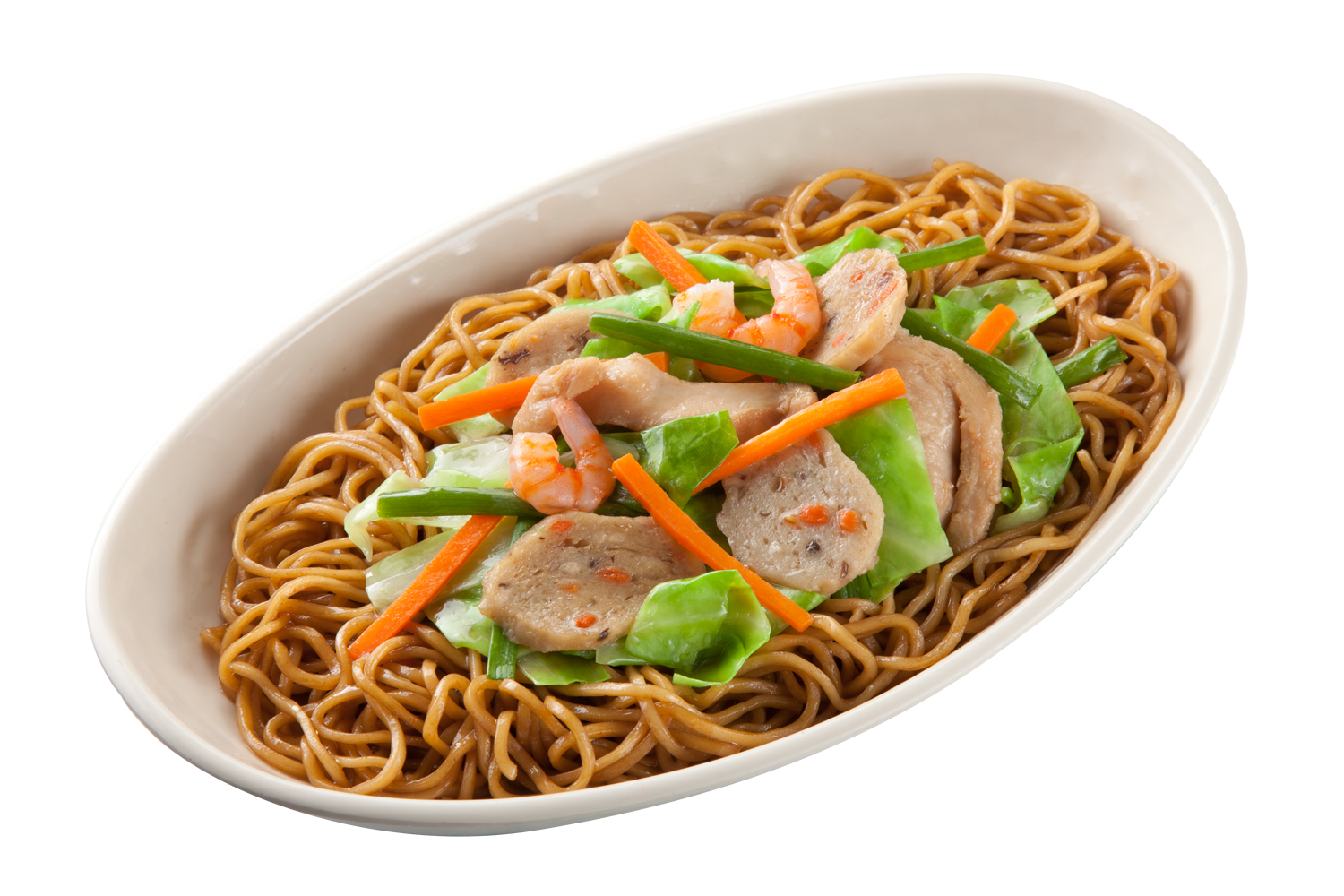
This image has format transparent PNG with resolution 1500x1000.
You can download this image in best resolution from this page and use it for design and web design.
Noodle PNG with transparent background you can download for free, just click on download button.
Noodles are a staple food in many cultures. They are made from unleavened dough which is stretched, extruded, or rolled flat and cut into one of a variety of shapes. While long, thin strips may be the most common, many varieties of noodles are cut into waves, helices, tubes, strings, or shells, or folded over, or cut into other shapes. Noodles are usually cooked in boiling water, sometimes with cooking oil or salt added. They are often pan-fried or deep-fried. Noodles are often served with an accompanying sauce or in a soup. Noodles can be refrigerated for short-term storage or dried and stored for future use. The material composition or geocultural origin must be specified when discussing noodles. The word derives from the German word Nudel.
The origin of noodles is Chinese. The earliest written record of noodles is found in a book dated to the Eastern Han period (25–220).Noodles, often made from wheat dough, had become a staple food for the people of the Han dynasty (206 BCE – 220 CE).
A Nature article claimed the oldest evidence of noodle consumption was from 4,000 years ago in China. In 2005, a team of archaeologists reported finding an earthenware bowl that contained 4000-year-old noodles at the Lajia archaeological site. These noodle were said to resemble lamian, which are a type of Chinese noodle that is made by repeatedly pulling and stretching the dough by hand. Analyzing the husk phytoliths and starch grains present in the sediment associated with the noodles, it was determined that the noodles were made from millet, identified as belonging to Panicum miliaceum and Setaria italica specifically. However, looking at the production process of making noodles from millet, other researchers determined that it is not feasible to stretch millet dough into noodles, concluding that the analyzed husk phytoliths and starch grains did not originate from the noodles that were found. They also criticized the sampling method (as the samples found in the sediment may not represent the composition of the noodles), the morphological observations of the starch granule samples (as it is contradictory to the preparation of noodles in traditional Chinese cooking), and the exclusion of wheat and barley as components (as morphological changes during the cooking process causes difficulty in observation, and the cultivation of wheat and barley has a long history in the Yellow River basin). It has also been noted that millet dough can not be hand pulled into noodles, as the absence of gluten in millet causes the dough to be not elastic and thus not malleable.
In this page you can download free PNG images: Noodle PNG images free download